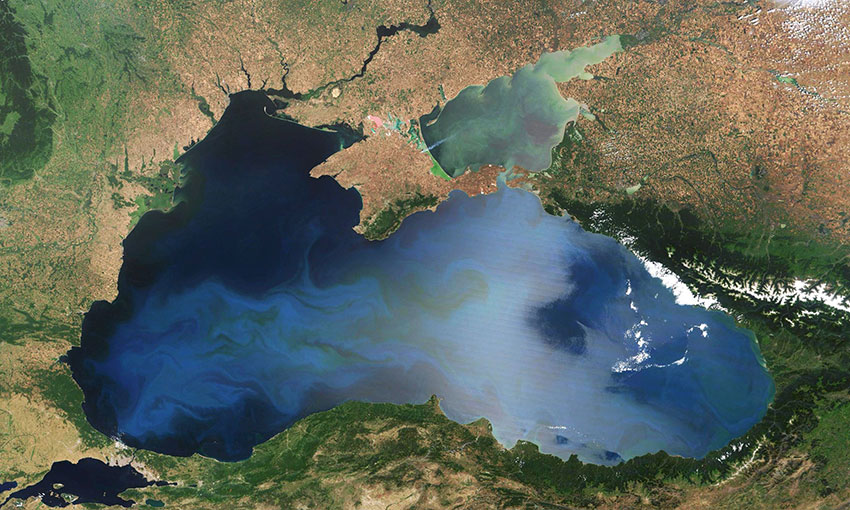HUMAN Rights at Sea has responded to the suggestion of a safe maritime corridor to evacuate seafarers from dangerous ports and waters around Ukraine, highlighting the threat of mines.
It follows the International Maritime Organization’s decision to work with Russia and Ukraine to establish a “blue safe maritime corridor” to enable the safe evacuation of ships and seafarers, raised at an extraordinary session of its council earlier this month.
“Human Rights at Sea welcomes the IMO’s decision and the efforts at UN level to provide relief to seafarers and their families,” an HRAS spokesperson said in a statement.
“Any evacuation efforts of those stranded on board ships should, however, be undertaken with the utmost care.”
The UK-based charity said more than 1000 seafarers are still stranded onboard an estimated 140 ships and have reportedly been the subject of indiscriminate air attacks around the Port of Odessa.
Although the establishment of a safe maritime corridor intends to protect seafarers from attacks while evacuating high-risk areas of the Black Sea and the Sea of Azov, HRAS said mines are a threat to their safety during transit.
“Even in the case whereby Russia and Ukraine agree to allow for a maritime corridor to be created for the purposes of evacuating seafarers, there is a significant risk to seafarer’s life with the confirmed existence of mines in the Black Sea,” the charity said in the statement.
It noted that, between 25 and 28 March, three mines were located in areas including the upper Bosporus Straight.
Mines have also reportedly been detected in north-western, western, and south-western areas of the Black Sea.
“The Russian security service recently reported that, ‘due to wind and water currents, the mines are drifting freely in the western part of the Black Sea’. This has, however, been subject to challenge for deliberate disinformation,” HRAS said.
“The existence of sea mines means that any evacuation via blue safe corridors cannot guarantee the seafarers’ safety unless the mines are securely neutralised.
“Neutralisation of mines usually takes place after a conflict finishes, and requiring specialist mine clearance vessels can take a long time.
“However, international law requires both Ukraine and Russia to record the locations of mines laid by each party, and those mining operations should provide for the free exit of shipping of neutral states.”
According to HRAS, the IMO also called for the establishment of humanitarian land corridors for seafarers, if the presence of mines prevents safe evacuation by sea.
However, the organisation said this method also carries a risk, as humanitarian corridors have reportedly been attacked.
Therefore, the seafarer’s personal safety and right to life cannot be guaranteed.
“Further, it is reminded that civilians, like seafarers, are protected in International Humanitarian Law from direct attack,” the HRAS spokesperson said.

